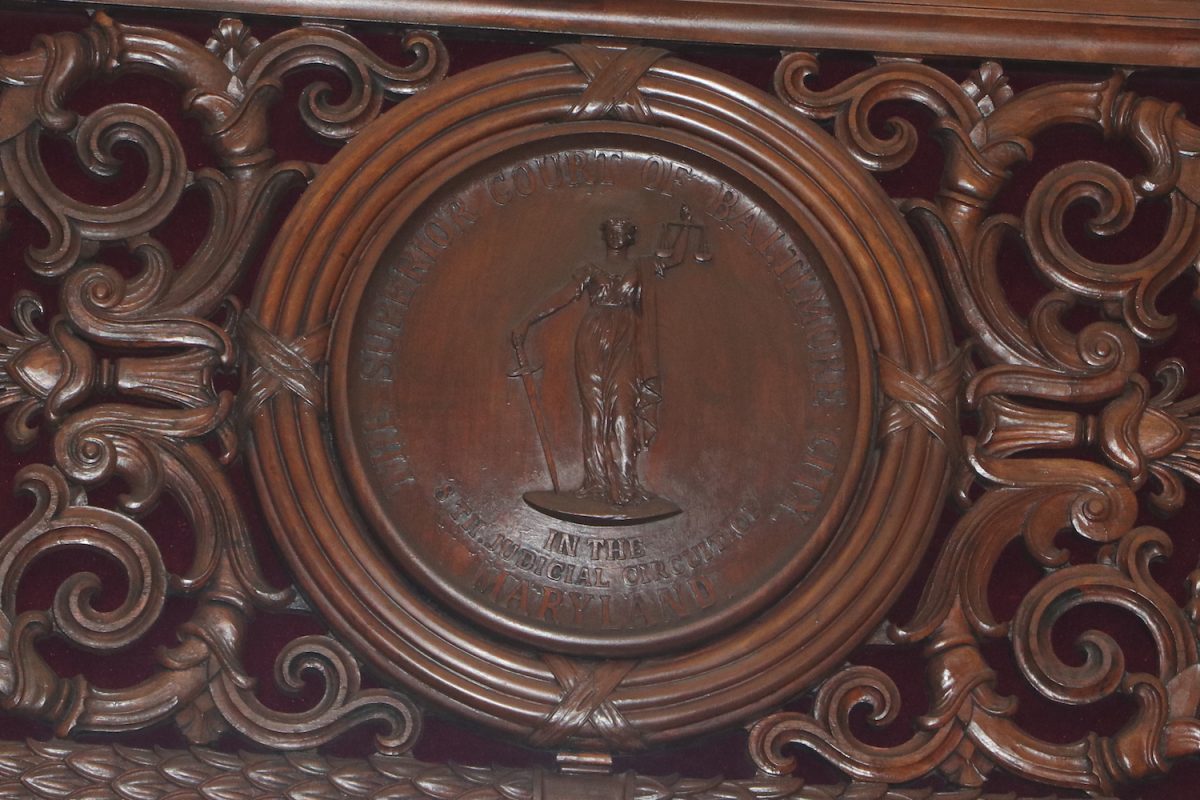
Thank you for reading Baltimore Witness.
Consider making a donation to help us continue our mission.
By
Stephanie Ho [former]
- July 15, 2024
Court
|
Daily Stories
|
Homicides
|
Shooting
|
Suspects
|
On July 15, defense counsel in a murder trial made used their closing arguments to inform the jury that the Baltimore Police Department needed to do a better investigation.
Steven Gibson, 40, is charged with first-degree murder, firearm use in a felony or crime of violence, having a handgun on his person and firearm possession with a felony conviction for the murder of 40-year old Nathaniel Mack on May 6, 2023, on the 2100 block of Hollins Street.
“We shouldn’t be at the end of the trial, wondering ‘what if?’” Amanda Savage said during her closing statement. “They have the wrong guy.”
Savage explained how the Baltimore Police Department (BPD) and its investigators failed to properly investigate this murder. There were eyewitness statements that should have brought attention to other suspects, but the police were set on Gibson.
Savage stated that the prosecution team wanted to “send [Gibson] to jail because of a car and a phone number.”
There was no video evidence showing that Gibson was in the car, and phone location does not always dictate a person’s location, she argued.
There was also fingerprint analysis done in the car, where forensic experts found 21 different fingerprints, none belonging to Gibson, Savage said.
The prosecutor started his closing argument by describing how the victim died by multiple gunshot wounds, including one to the chest.
There were also many different cameras surrounding the area, the footage from which the prosecutor used as evidence to show a 2009 white Acura driving around the scene of the crime, as well as a man wearing a gray top, gray pants and a distinctive red hat.
Gibson’s cell phone also pinged in the area of the crime, based off of the cell tower analysis.
The prosecutor referenced the inmate in Central Booking who bragged about committing the murder. “Ascribing bodies to yourself can be an asset” in prison, the prosecution said, placing into doubt the truth of the admission.
The prosecutor continued by stating that the eyewitness did not definitively state that Gibson was or was not the murderer when given photo arrays, he stated, “I don’t know if it’s him or not.”
He also stated that even though detectives were not able to find the gun, gray clothing or red hat at Gibson’s house, police did not have a search warrant until 45 days after the murder.
Gibson could have arranged for the clothing to be moved before investigators executed the warrant, he said.
The jury began deliberations July 15.
